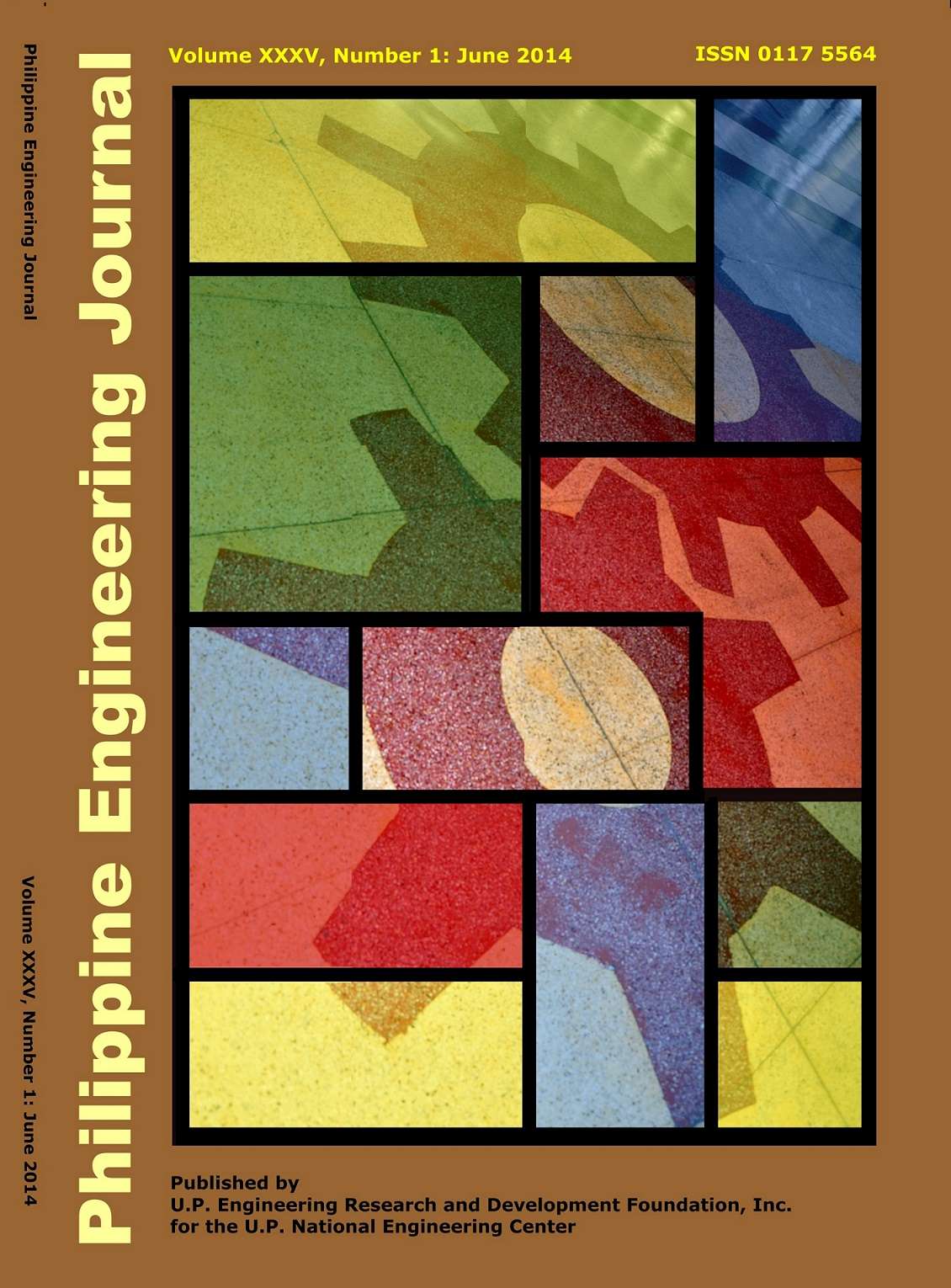Simulation of Shock Waves in Supersonic Flow of CO2 Through a Converging-Diverging Nozzle of Transcritical Ejector Refrigeration System
Abstract
Shock waves in non-equilibrium liquid-vapor flow in a converging-diverging nozzle were simulated and compared to the experimental results in previous studies of the authors. Additional findings from simulation in the present study were found to be in agreement with the experimental results.
In the simulation, flow of uniformity dispersed droplets and vapor was assumed. Momentum and thermal relaxation phenomena were incorporated in the derived equations. Simulation results using the equations for supersonic two-phase flow of CO2 in converging-diverging nozzles intended for a research on the transcritical ejector refrigeration system are presented.
In a first previous study by the authors, shock waves along the diverging sections of relatively long nozzles were investigated in a blowdown device. Inlet conditions near the critical point were selected, wherein the pressure range was 8-9 MPa and the obtained temperature range was 25-41oC. Correspondingly, back pressures ranged from 1.2 to 4.2 MPa. In a second study by the authors, the expansion valve of the vapor compression refrigeration used was replaced by a relatively short converging-diverging nozzle to isolate the nozzle and to easily investigate its inlet and outlet states. The inlet conditions were 9-11 Mpa at 37-55oC. To determine different intensities of shock waves, the widest possible back-pressure range obtained was 3.6-5.89 MPa.
Relaxation phenomena, weak pseudo-shock waves occurred in liquid-dominated two-phase flow, while dispersed shock waves occurred in vapor-dominated flow. It was simulated and verified in this study that shock waves intensify with increasing divergence angle given the same inlet condition, and with increasing divergence angle given the same inlet condition, and with increasing supercritical inlet entropy given the same nozzle. The results are in agreement with the experiment and similar simulation results in the previous studies.
The nonequilibrium two-phase flow model can be used in analyzing flow in nozzles and other components of ejector refrigeration systems and designing an ejector.


